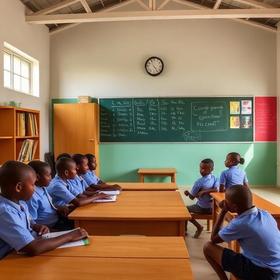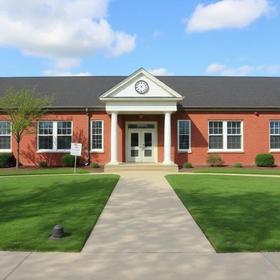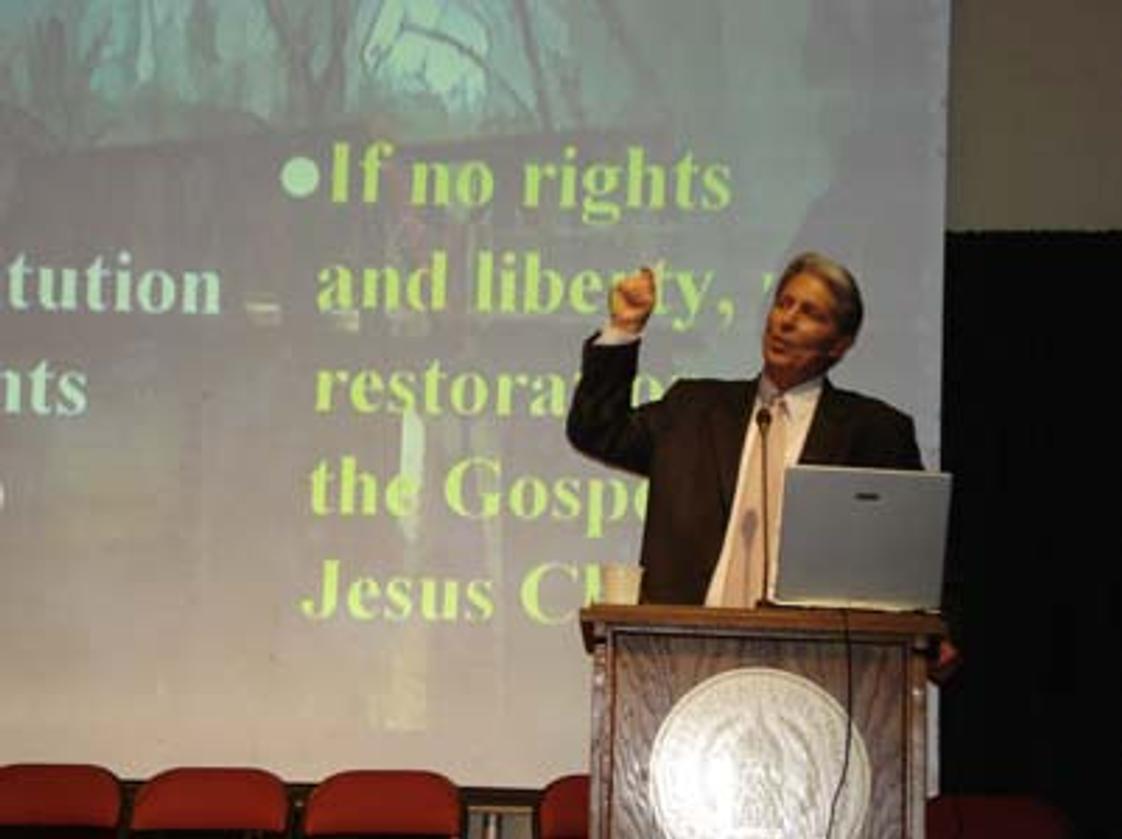For the 2025-26 school year, there is 1 private school serving 168 students in Pleasant Grove, UT (there are 13 public schools, serving 10,390 public students). 2% of all K-12 students in Pleasant Grove, UT are educated in private schools (compared to the UT state average of 3%).
The top-ranked private school in Pleasant Grove, UT is Liahona Preparatory Academy.
The average acceptance rate is 95%, which is higher than the Utah private school average acceptance rate of 80%.
100% of private schools in Pleasant Grove, UT are religiously affiliated (most commonly Latter Day Saints).
Top-Ranked Pleasant Grove Private Schools (2025-26)
School
Location
Quick Facts
2464 West 450 South
Pleasant Grove, UT 84062
(801) 785-7850
Pleasant Grove, UT 84062
(801) 785-7850
Gr: PK-12 | 168 students Avg. class size: 20 students Extracurrculars: 3 Tuition & acceptance rate listed
Frequently Asked Questions
What are the top-ranked private schools in Pleasant Grove, UT?
The top-ranked private schools in Pleasant Grove, UT is Liahona Preparatory Academy.
How many private schools are located in Pleasant Grove?
1 private schools are located in Pleasant Grove.
What percentage of students in Pleasant Grove go to private school?
2% of all K-12 students in Pleasant Grove are educated in private schools (compared to the UT state average of 3%).
What percentage of private schools are religiously affiliated in Pleasant Grove?
100% of private schools in Pleasant Grove are religiously affiliated (most commonly Latter Day Saints).
Recent Articles

Private School Jobs in 2025: Trends, Salaries and Career Insights
Explore private school jobs in 2025 with updated hiring trends, salary data, demand areas and career guidance for educators and policymakers.

Independent Schools in Africa: Updated 2025 Overview
Explore the latest data, trends, costs and impacts of independent schools in Africa in 2025 for parents, educators and policymakers.

How to Start a Private School in 2025: Complete K–12 Guide
A practical, updated guide to starting a private K–12 school in 2025, covering legal steps, planning, finance, and enrollment strategy.




